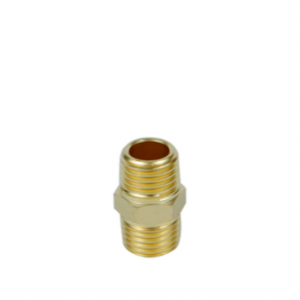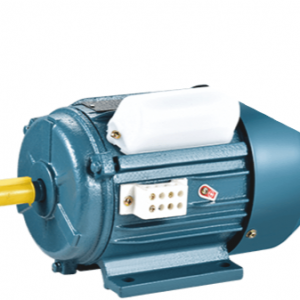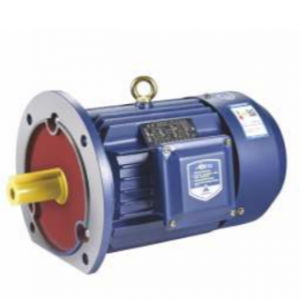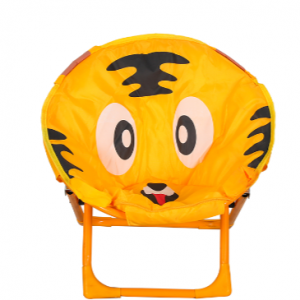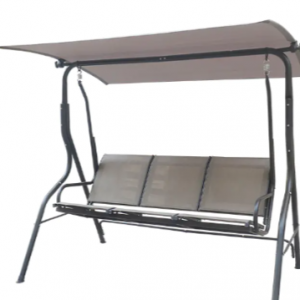The polyester printed fabric industry plays a significant role in the textile and fashion sectors. Polyester, a synthetic fiber known for its durability, versatility, and cost-effectiveness, serves as the foundation for producing a wide range of printed fabrics. Through advancements in printing technology and creative design techniques, the polyester printed fabric industry has gained popularity and recognition for its ability to cater to various consumer demands.
The production of a polyester printed fabric involves several stages. First, polyester fibers are spun into yarns, which are then woven or knitted to create a fabric base. This base fabric is then subjected to printing techniques such as screen printing, digital printing, or heat transfer printing. Each method offers unique advantages in terms of design intricacy, color vibrancy, and production efficiency. After printing, the fabric is finished with treatments like heat-setting or coating to enhance its properties and ensure colorfastness.
One of the primary strengths of the polyester printed fabric industry lies in its versatility and the wide variety of options it offers. Polyester fibers can be blended with other fibers or processed to mimic the texture and feel of natural fibers such as silk, cotton, or linen. This versatility allows manufacturers to create polyester printed fabrics with diverse finishes, weights, and textures to suit different applications. Whether it is for apparel, home textiles, accessories, or even technical textiles, polyester printed fabrics can meet various needs and preferences.


